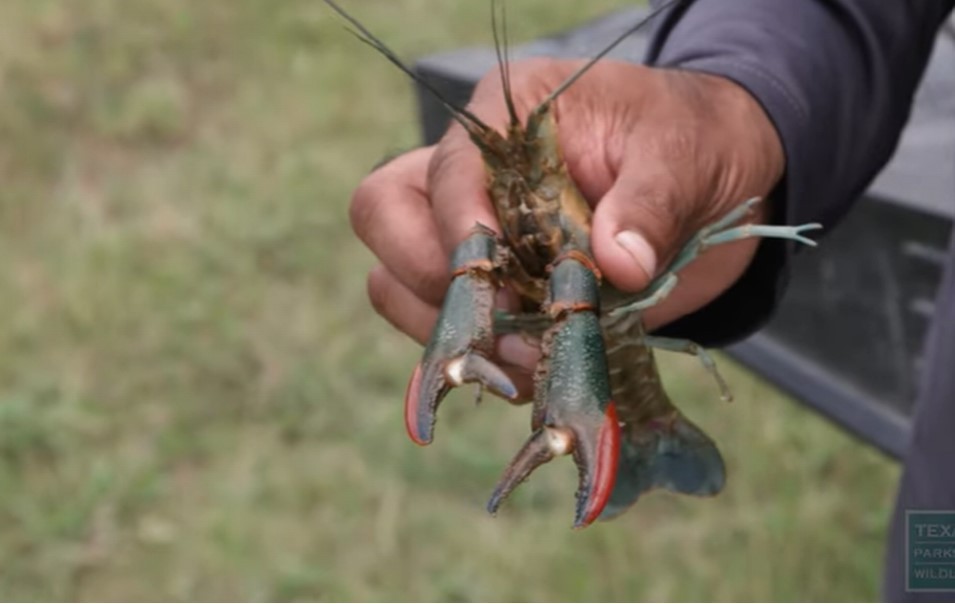15 Mind-Blowing Facts Most Americans Don’t Know About the USA
| Summary |
The United States is packed with fascinating facts, shaped by its rich history, vast geography, and cultural diversity. From Indigenous civilizations and European colonization to the Revolutionary War and waves of immigration, every era has left a lasting mark on the nation.
Spanning from Alaska’s icy wilderness to Florida’s sunny beaches, the U.S. boasts a remarkable variety of climates and landscapes. This diversity fuels unique regional cultures, natural wonders, and state-specific traditions.
Culturally, America is a true melting pot. Centuries of immigration have introduced countless languages, foods, festivals, and customs, blending into the vibrant and varied lifestyles seen today.
As a global innovator, the U.S. has pioneered countless breakthroughs, from Silicon Valley’s tech revolution to Hollywood’s global entertainment empire. Politically and socially, it remains ever-evolving, marked by historic movements like independence, civil rights, and modern social change.
Home to world-renowned universities and research institutions, the U.S. also fosters discovery and learning, adding layers to its fascinating story.
In short, America’s rich history, stunning landscapes, cultural mix, and constant evolution create endless facts and stories that captivate both locals and people worldwide.
Top 15 Surprising Facts Most Americans Don't Know About Their Country
1. The Origin of $1 Bill
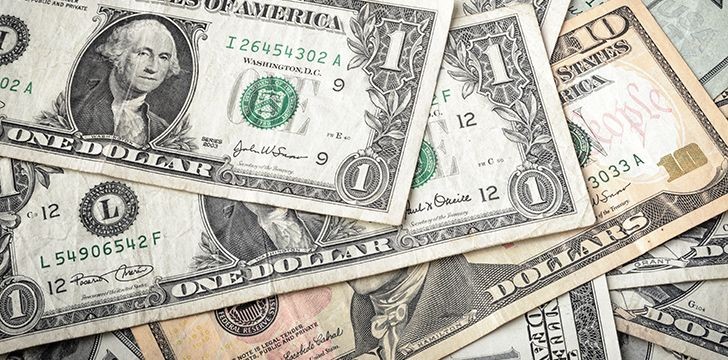 |
| $1 Bill |
The $1 bill, featuring the portrait of George Washington, has a rich history dating back to the early days of the American currency system. The first $1 bill was issued as a legal tender note in 1862 during the Civil War to help finance the war effort. Interestingly, the bill originally featured the image of Salmon P. Chase, the Secretary of the Treasury under President Abraham Lincoln, rather than Washington.
It wasn't until 1869 that George Washington's portrait appeared on the $1 bill, solidifying his image as a symbol of American independence and leadership. The design of the bill has undergone several changes since its inception, but Washington's portrait has remained a constant, representing the stability and continuity of the U.S. financial system.
2. George Washington Wasn't the First President to Live In the White House
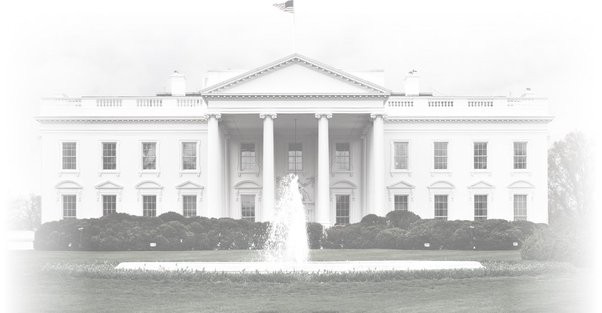 |
| White House |
Many people assume that George Washington, the first President of the United States, was also the first to reside in the White House. However, this is not the case. Washington did select the site and oversaw the construction of the executive mansion, but he never lived there. It was John Adams, the second President, who first occupied the White House in 1800, moving in with his wife Abigail.
The building was still unfinished when the Adamses took up residence, and it was during Thomas Jefferson's presidency that the White House was completed and expanded. Washington spent his presidency in Philadelphia and New York City, the temporary capitals of the United States at that time.
3. The Liberty Bell's Misspelling
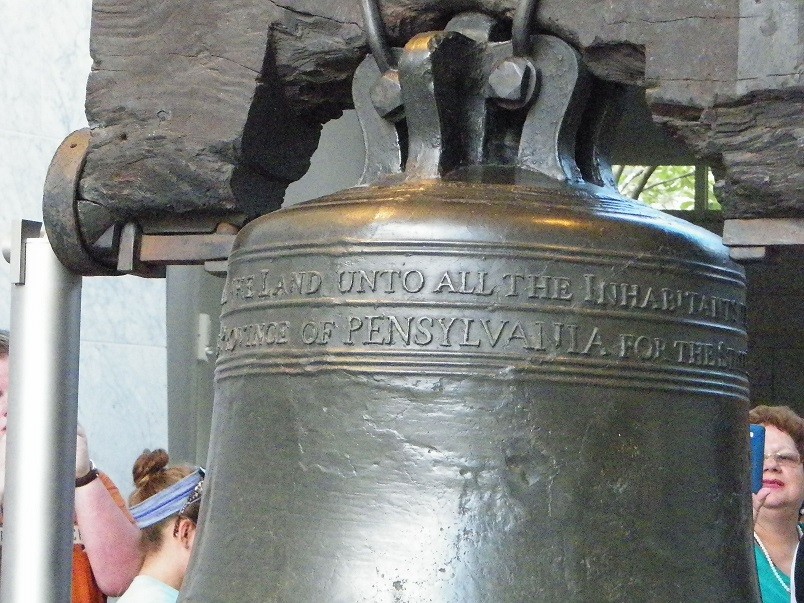 |
| The Liberty Bell's Misspelling |
Philadelphia, Pennsylvania is home to the Liberty Bell, which has always been a symbol of American freedom and independence. A less well-known fact about this famous bell is that the writing on it is misspelled.
The bell was ordered in 1752 and was first cast in London. It says, "Proclaim LIBERTY Throughout all the Land unto all the People Who Live There Lev. XXV. v. X." But the word "Pennsylvania" is spelled wrong; it should be "Pennsylvania." This was a common way to spell words back then.
This oddity gives the bell a bit of historical accuracy and serves as a reminder of how language changes over time and the long history that this revered object holds.
4. The State That Wasn't
 |
| State of Franklin |
In the 1780s, when things were really going crazy after the American Revolution, a group of settlers in what is now Tennessee declared the State of Franklin to be formed. Even though it was named after Benjamin Franklin, Congress never officially recognized this land.
The people who lived in Franklin tried to make their own government, separate from North Carolina, which had given the land to the federal government. Even though they worked hard and wrote a constitution and chose leaders, Franklin had problems with both internal and external pressures. In the end, it broke up in 1789 and became part of North Carolina again before becoming part of Tennessee. This episode shows how hard and complicated it was to make a state in the early United States.
5. The Largest State Isn't Texas
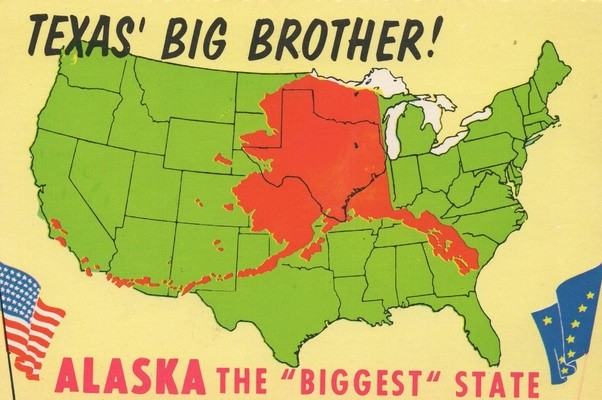 |
| The Largest State Isn't Texas |
Many Americans believe Texas to be the largest state in the Union, but that title actually belongs to Alaska. Acquired from Russia in 1867, Alaska covers a vast area of 663,300 square miles, more than twice the size of Texas, which spans 268,596 square miles. Alaska's immense size contributes to its diverse landscapes, ranging from towering mountain ranges and expansive forests to vast tundra and icy coastlines.
Its geographical enormity also means that if it were a country, Alaska would be the 18th largest in the world. Despite its size, Alaska is one of the least densely populated states, offering vast wilderness and natural beauty.
6. The U.S. Has No Official Language
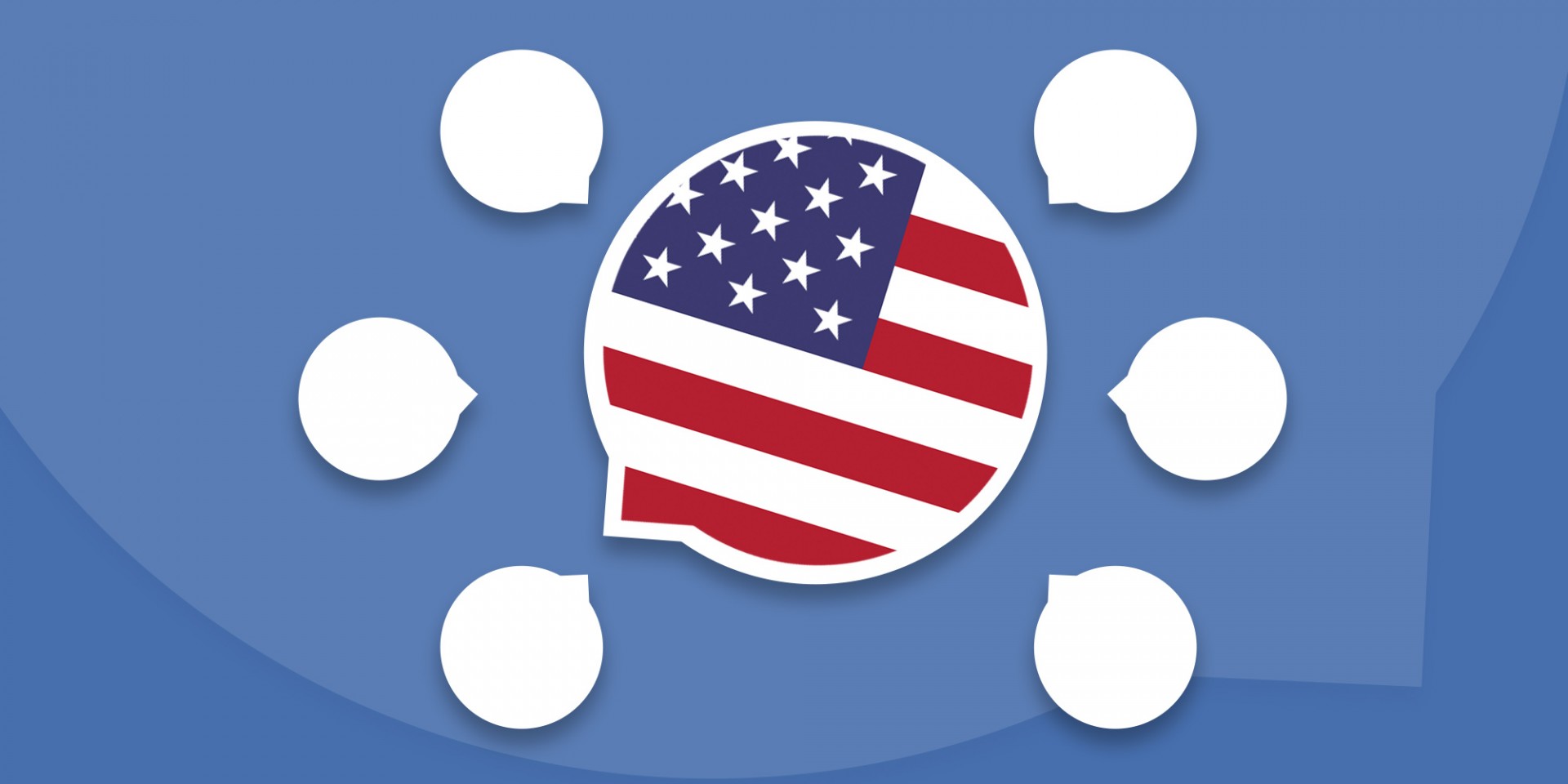 |
| The U.S. Has No Official Language |
Many people think that the United States has an official national language, but it doesn't. There is no law that makes English the official language of the country, even though it is the most common language and is used in business, government, and the law. This lack of official status shows how the United States has a rich cultural and linguistic history, shaped by the fact that people have come here from all over the world to live and work.
Many states have made English their official language, but the federal government knows how important it is to have a variety of languages so it offers services and materials in many languages to help its diverse population.
7. More Public Libraries Than McDonald's
 |
| More Public Libraries Than McDonald's |
In a surprising twist on common perceptions about American culture, the United States boasts more public libraries than McDonald's restaurants. As of recent counts, there are over 17,000 public libraries across the nation, compared to approximately 13,000 McDonald's locations. This statistic highlights the country’s commitment to education and public resources, offering free access to books, digital media, internet services, and various community programs.
Public libraries serve as vital community hubs, providing resources and support for people of all ages and backgrounds. They play a crucial role in promoting literacy, lifelong learning, and community engagement, standing as a testament to the nation's prioritization of knowledge and education.
Read More: Does Everyone Eat Mcdonald's Every day In America?
8. An Uninhabited U.S. Territory
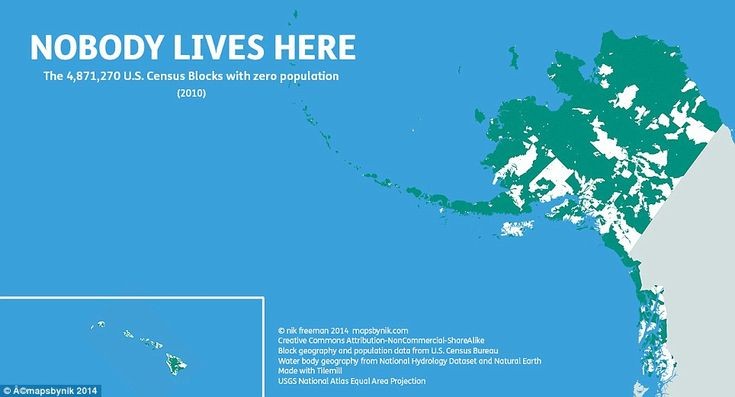 |
| An Uninhabited U.S. Territory |
The United States has more land than just its 50 states. Some of these areas are uninhabited. The Palmyra Atoll in the Pacific Ocean is one of these areas. This atoll is a nature reserve run by the U.S. Fish and Wildlife Service. It is full of different kinds of marine and bird life.
The Palmyra Atoll is made up of about 50 small islets, and the fact that no one lives there makes it stand out. Scientists study its ecosystems, which haven't been changed much by humans, and use it as a research site. This faraway atoll gives us useful information about natural marine environments and efforts to protect them.
9. The Statue of Liberty's Island Confusion
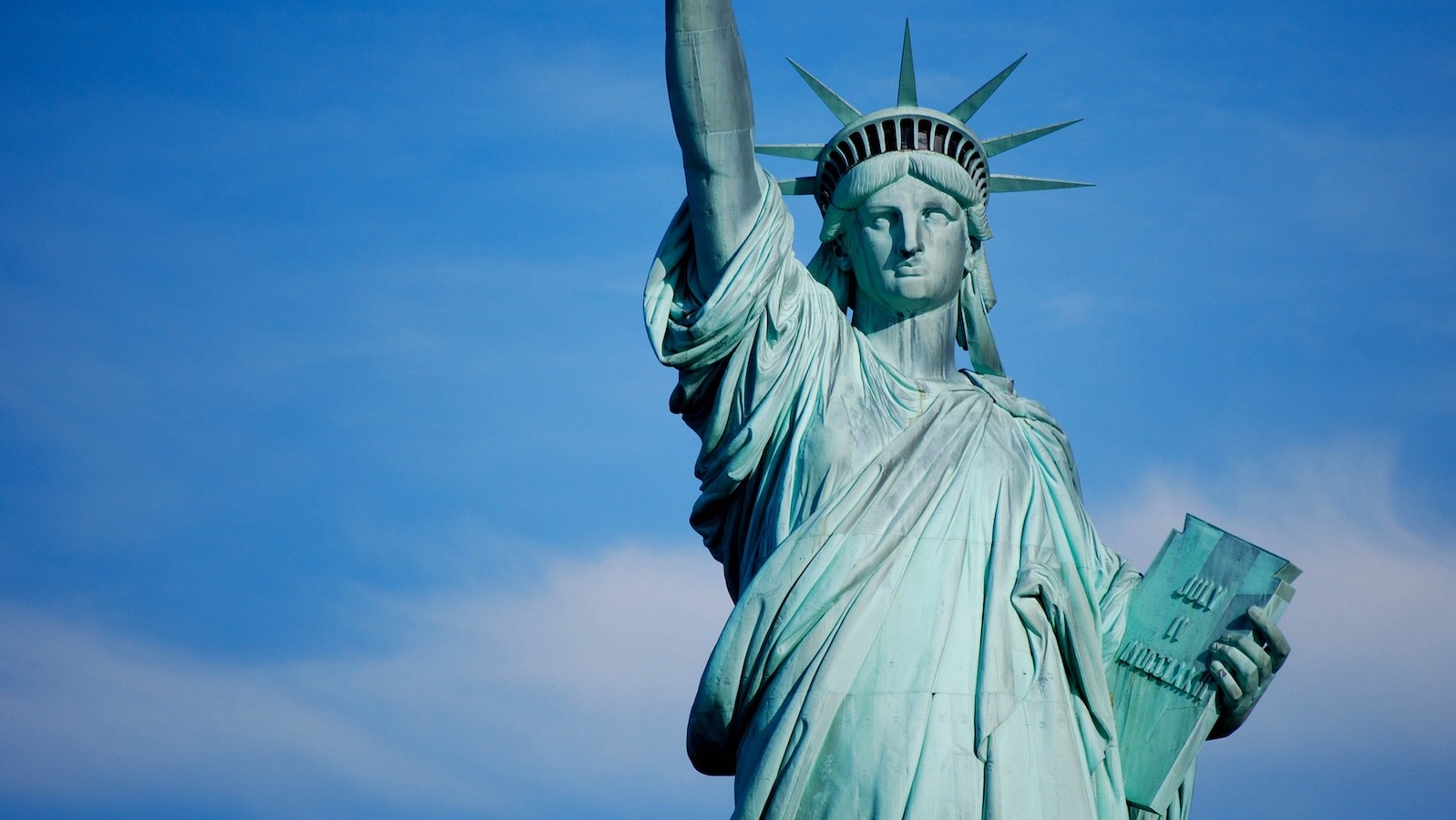 |
| The Statue of Liberty |
The Statue of Liberty, a symbol of freedom and democracy, stands on Liberty Island in New York Harbor. However, there's a common misconception about its geographical affiliation. Although Liberty Island is closer to New Jersey, it is officially part of New York State. This anomaly dates back to a complex history of territorial disputes and agreements between New York and New Jersey.
The confusion is further compounded by Ellis Island, partially situated within New Jersey's waters, yet also under New York's jurisdiction for its original portion. This quirky detail underscores the nuanced historical and political negotiations that have shaped the region.
 Top 25 Amazing Facts About the Statue of Liberty Top 25 Amazing Facts About the Statue of Liberty |
10. There's a Town Called Boring
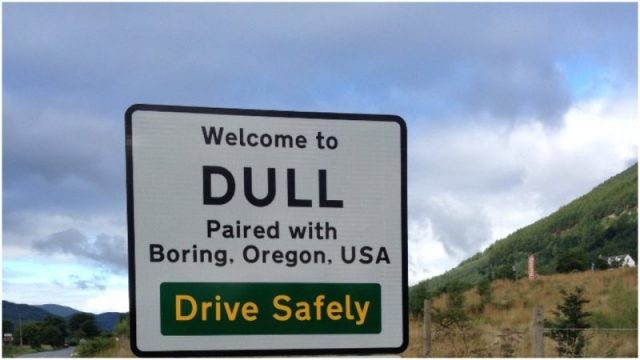 |
| Boring Town |
The strange name Boring is given to a town in the state of Oregon. It was named for a Civil War veteran and early resident named William H. Boring, and the town has taken pride in its unique name. In 2012, Boring teamed up with the Scottish town of Dull to try to bring in tourists and add a bit of humor to their local identity.
This partnership between two countries, known as "A Pair for the Ages," wants to use the unique names of both towns to bring in tourists and build community pride. To celebrate their special link, the towns have even planned events and exchanges.
11. The United States Deadliest Job
 |
| Logging |
It is official: logging is the most dangerous job in the United States. It is even more dangerous than police work and firefighting. Loggers have to deal with a lot of risks, like falling trees, dangerous tools, and hard conditions at work in remote forests. The logging industry has a much higher death rate than the national average for all jobs, according to the Bureau of Labor Statistics.
The high risk of this job comes from the physical demands, as well as the inherent dangers of working with heavy equipment and in environments that are hard to predict. Even though safety rules and tools have improved, logging is still a dangerous job that needs a lot of skill and care.
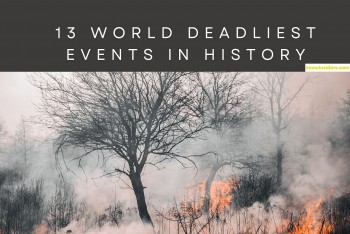 Top 13 World Deadliest Events In History Top 13 World Deadliest Events In History |
12. The Pentagon’s Double Function
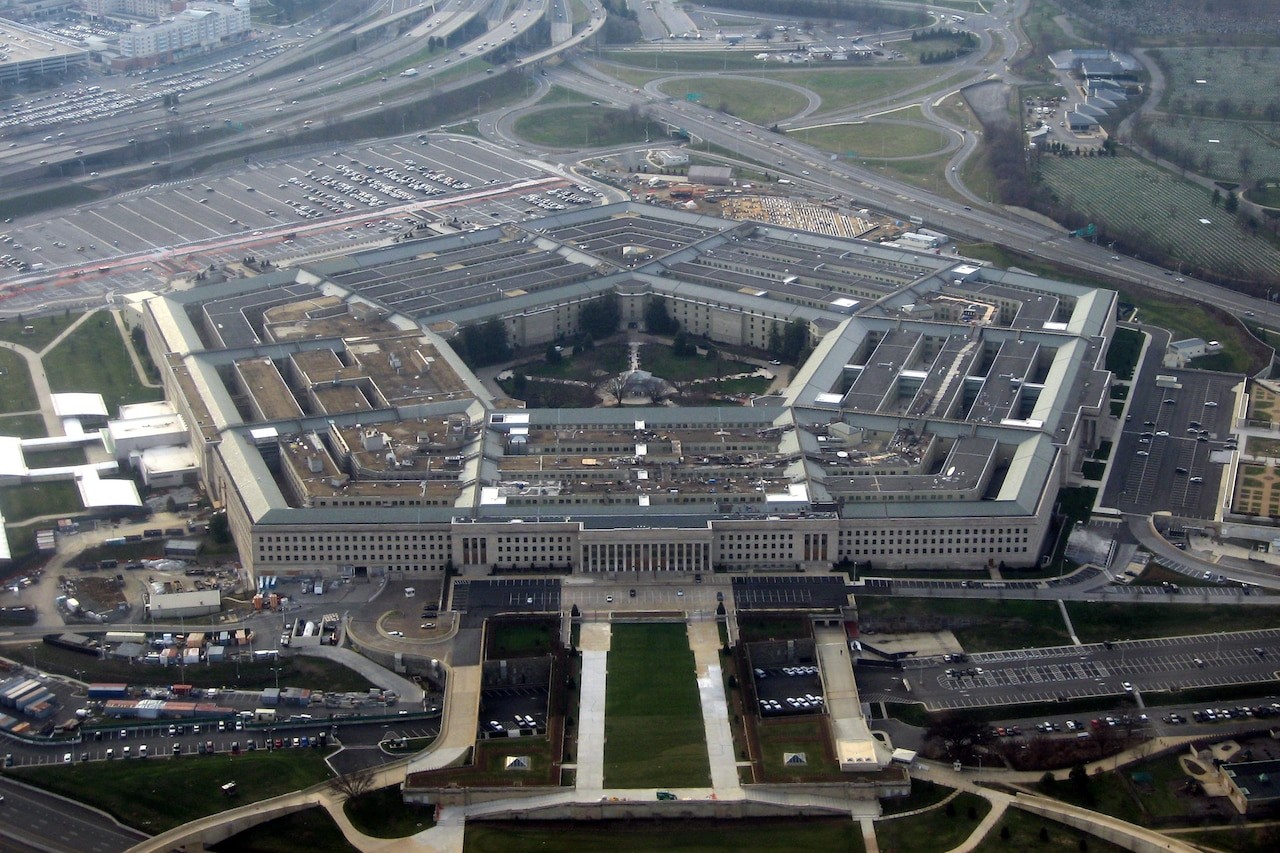 |
| The Pentagon |
The Pentagon, the headquarters of the United States Department of Defense, is not only an architectural marvel but also a symbol of the nation’s military power. One lesser-known fact about this five-sided structure is its dual-function restrooms.
Built during World War II, the Pentagon has twice as many bathrooms as necessary due to the racial segregation laws in place at the time. These laws mandated separate facilities for black and white employees, leading to the construction of separate restrooms, even though they were never segregated in practice within the building. This historical quirk remains a reminder of past social policies and the progress since achieved towards equality.
13. First in Flight Controversy
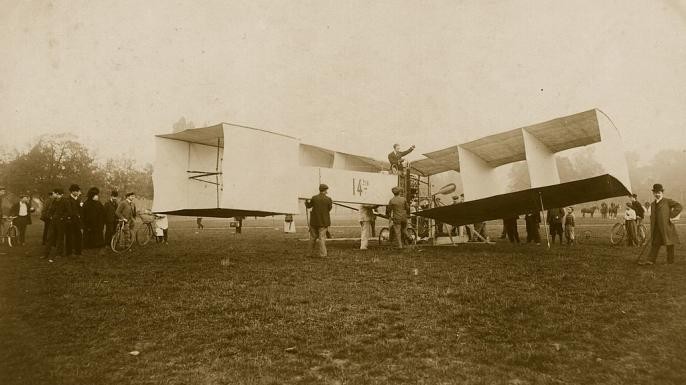 |
| First in Flight |
The Wright brothers, Orville and Wilbur, are widely credited with achieving powered flight on December 17, 1903, in Kitty Hawk, North Carolina. This accomplishment is commonly referred to as "First in Flight."
Nevertheless, there is a dispute surrounding this assertion. There is a debate among historians and aviation enthusiasts regarding Gustave Whitehead, a German-born aviation pioneer who resided in Connecticut. They argue that Whitehead successfully flew a powered aircraft on August 14, 1901, which would make him the first to do so, predating the Wright brothers by more than two years.
Advocates of Whitehead's accomplishment substantiate their claims by referring to present-day newspaper reports and testimonies from witnesses. Contrary to these assertions, the Wright brothers are officially acknowledged by the Smithsonian Institution and the majority of the aviation community as the pioneers who successfully accomplished controlled, powered flight.
14. The Green Card Misnomer
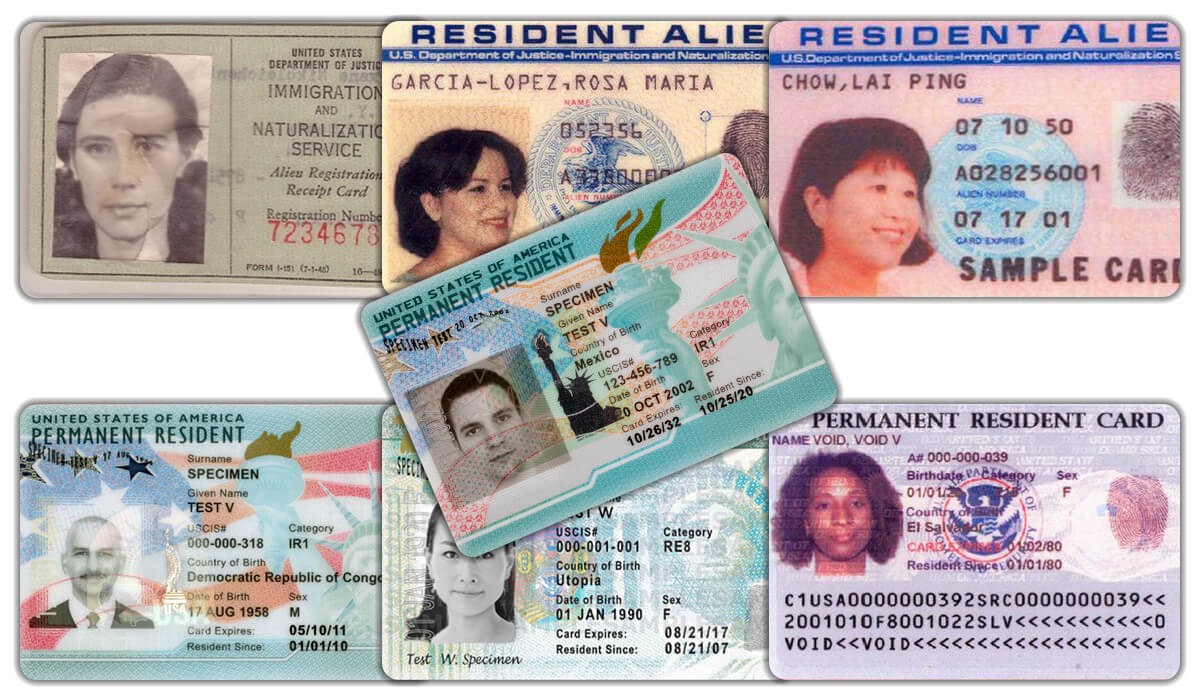 |
| The Green Card |
The U.S. Permanent Resident Card, commonly known as a "green card," is ironically no longer green. Originally introduced in 1946, the first cards were green, giving rise to the nickname. However, over the years, the card has undergone several redesigns for security and aesthetic reasons, with colors ranging from pink to yellow and even white.
The most recent version, introduced in 2010, is primarily green once again but includes a variety of security features and holograms.
Despite the changes in color, the term "green card" has persisted, referring to the card that grants immigrants the right to live and work permanently in the United States.
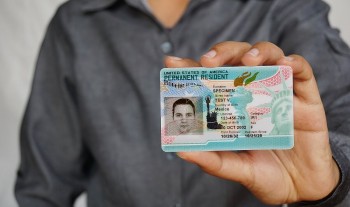 What Is US Green Card? How Many People Have Received US Green Card? What Is US Green Card? How Many People Have Received US Green Card? |
15. The Largest Producer of Blueberries
 |
| Blueberries |
Maine, renowned for its picturesque landscapes and rugged shorelines, holds the distinction of being the foremost producer of blueberries in the United States. The state's distinctive climate and soil conditions provide an optimal environment for cultivating wild blueberries, which are a distinct variety from the cultivated blueberries found in other regions. The blueberry industry in Maine yields approximately 100 million pounds of blueberries each year, making it a substantial contributor to the state's economy.
Wild blueberries are renowned for their robust flavor and elevated levels of antioxidants in comparison to cultivated blueberries. The Machias Wild Blueberry Festival, held every August, pays tribute to the thriving blueberry industry. This event attracts both tourists and locals who come together to celebrate the blueberry harvest through a range of events and activities.
Final Thoughts
These facts showcase the intricate and diverse blend of historical, geographical, and cultural elements that constitute the United States, uncovering layers of trivial information that may even astonish many Americans. From the origin stories of national symbols to the peculiar names of towns, there is always a wealth of new knowledge to be gained about this vast nation.
 10 Interesting Facts About American Girl Dolls 10 Interesting Facts About American Girl Dolls Some of those facts about American Girl Dolls might not be widely known by many peopl. Check out full details right below! |
 Who Are the U.S First Ladies: Interesting Facts And Full List Who Are the U.S First Ladies: Interesting Facts And Full List The American people have elevated the position of the First Lady to a highly significant role in the country. What is the total number of ... |
 Amazing Facts About Guns in the US: Ownership, Sales and Tax Amazing Facts About Guns in the US: Ownership, Sales and Tax Explore fascinating statistics regarding firearms in the United States, including information on gun ownership, sales, taxation, criminal activity, and fatalities. |


